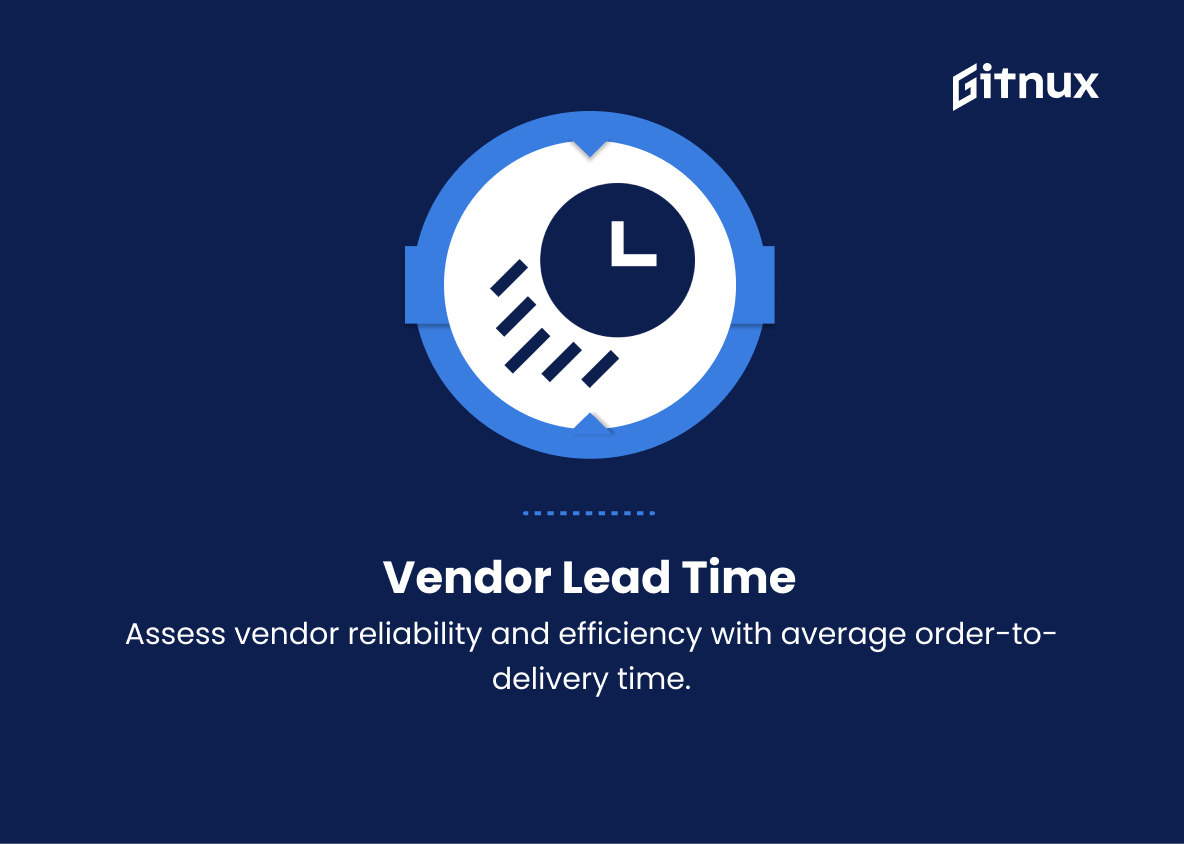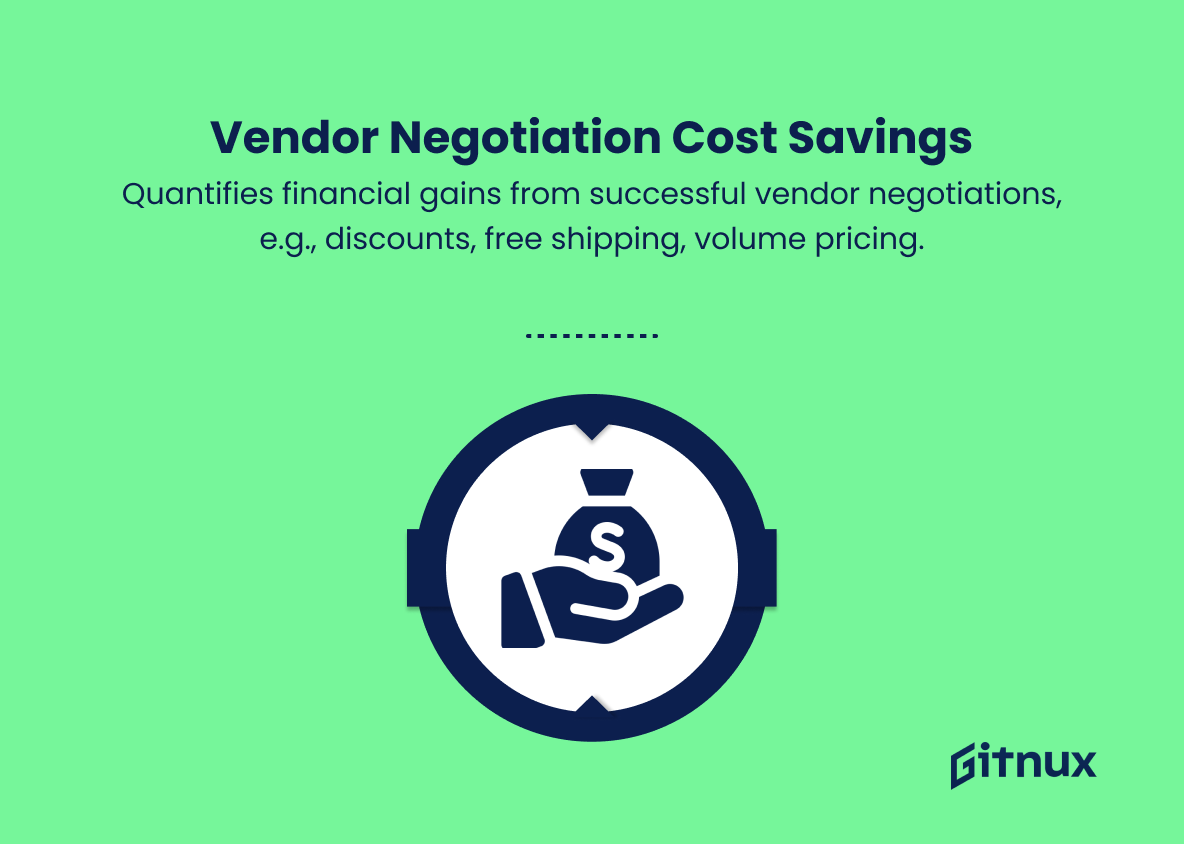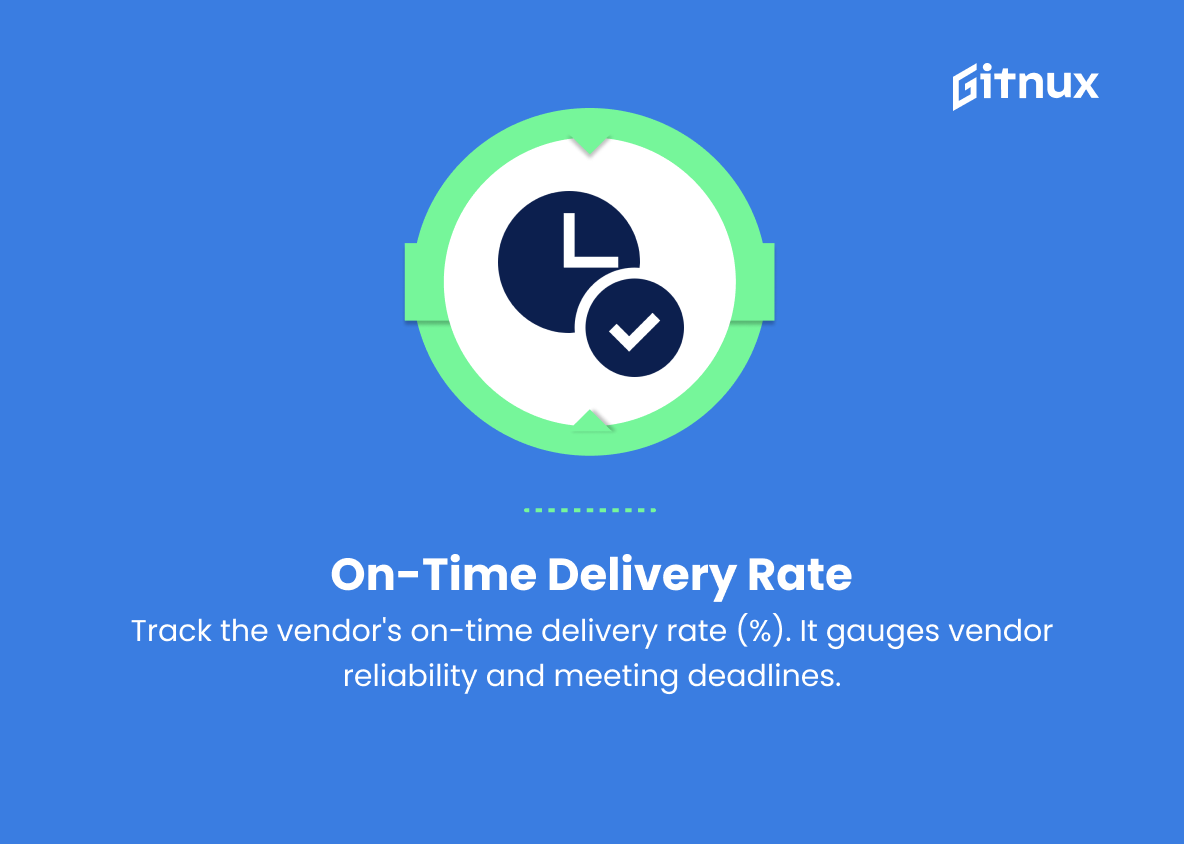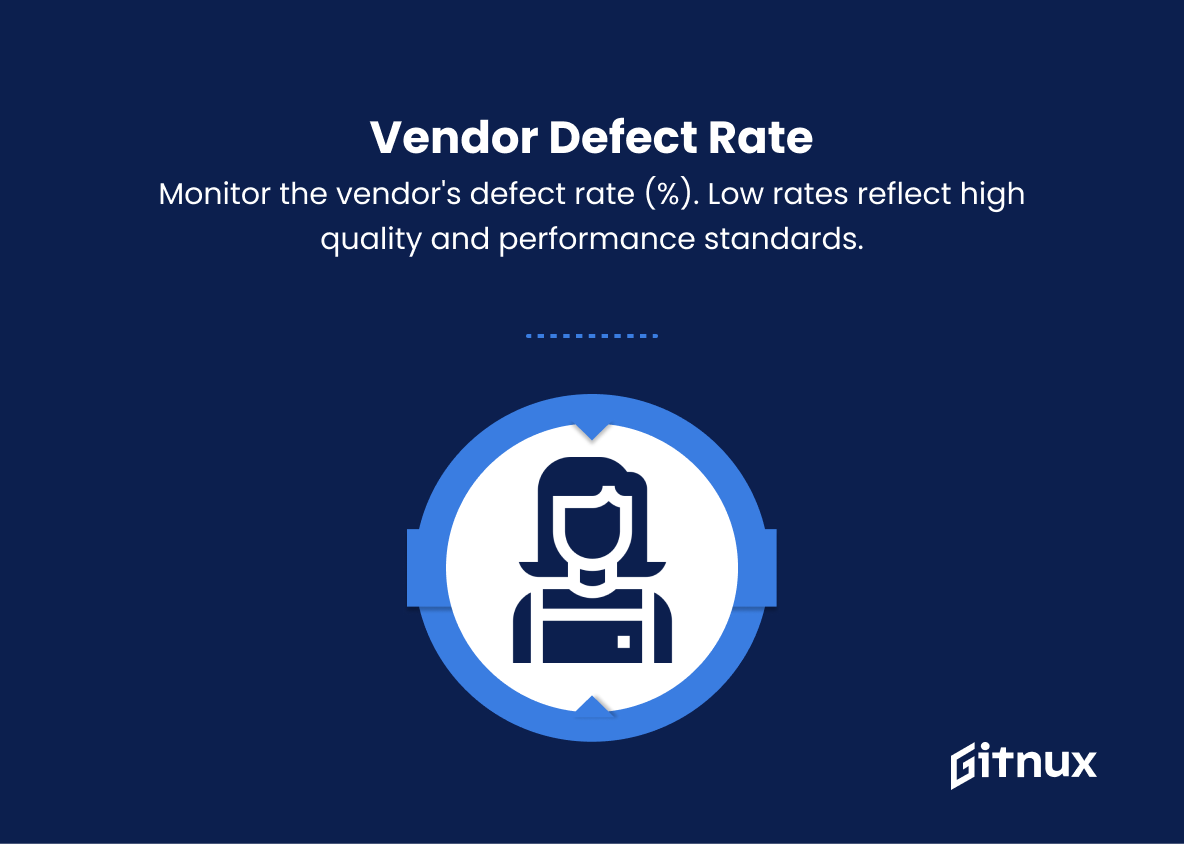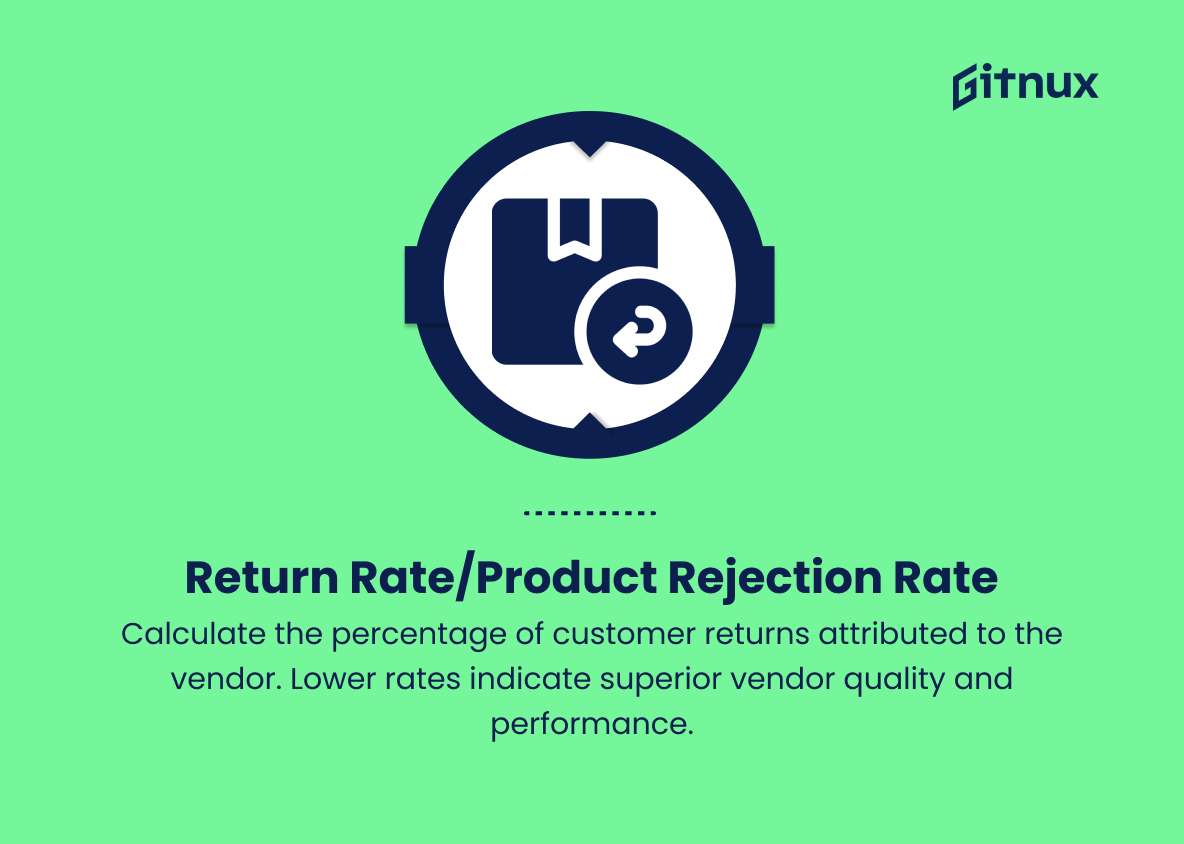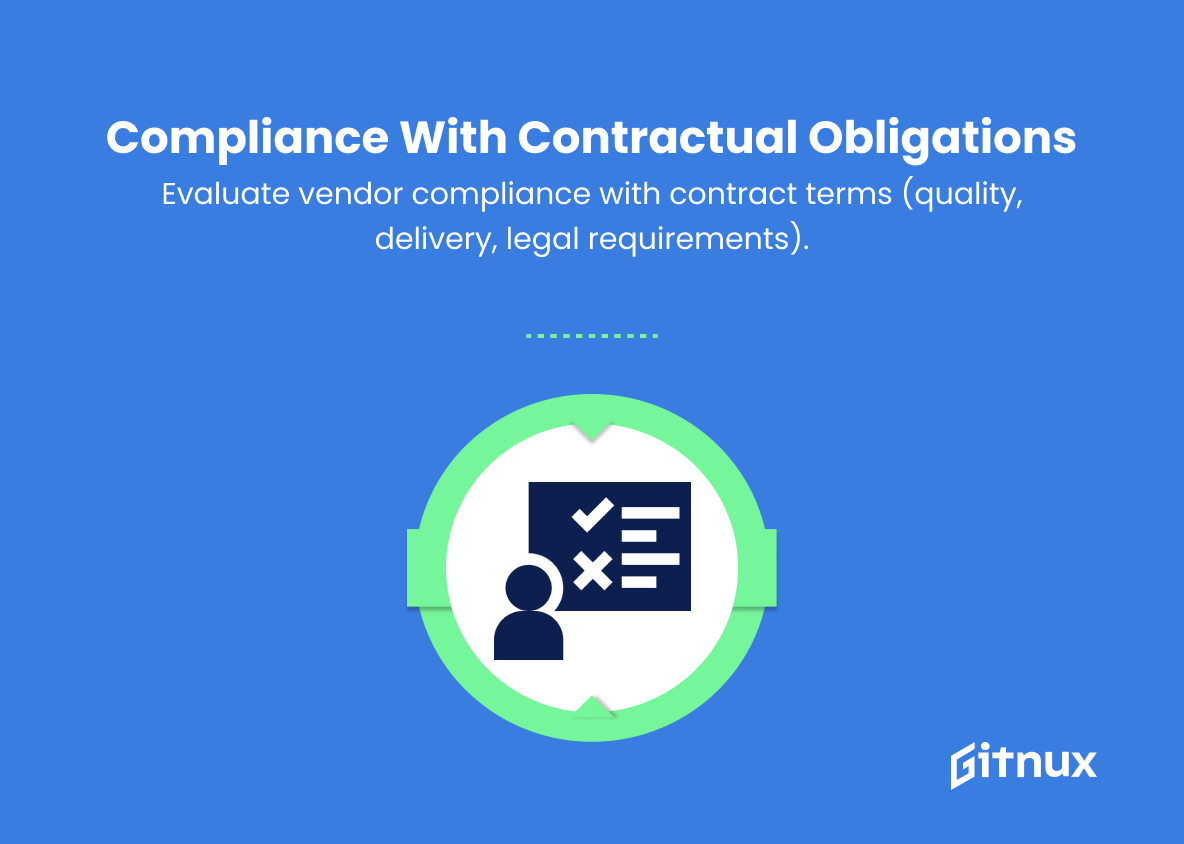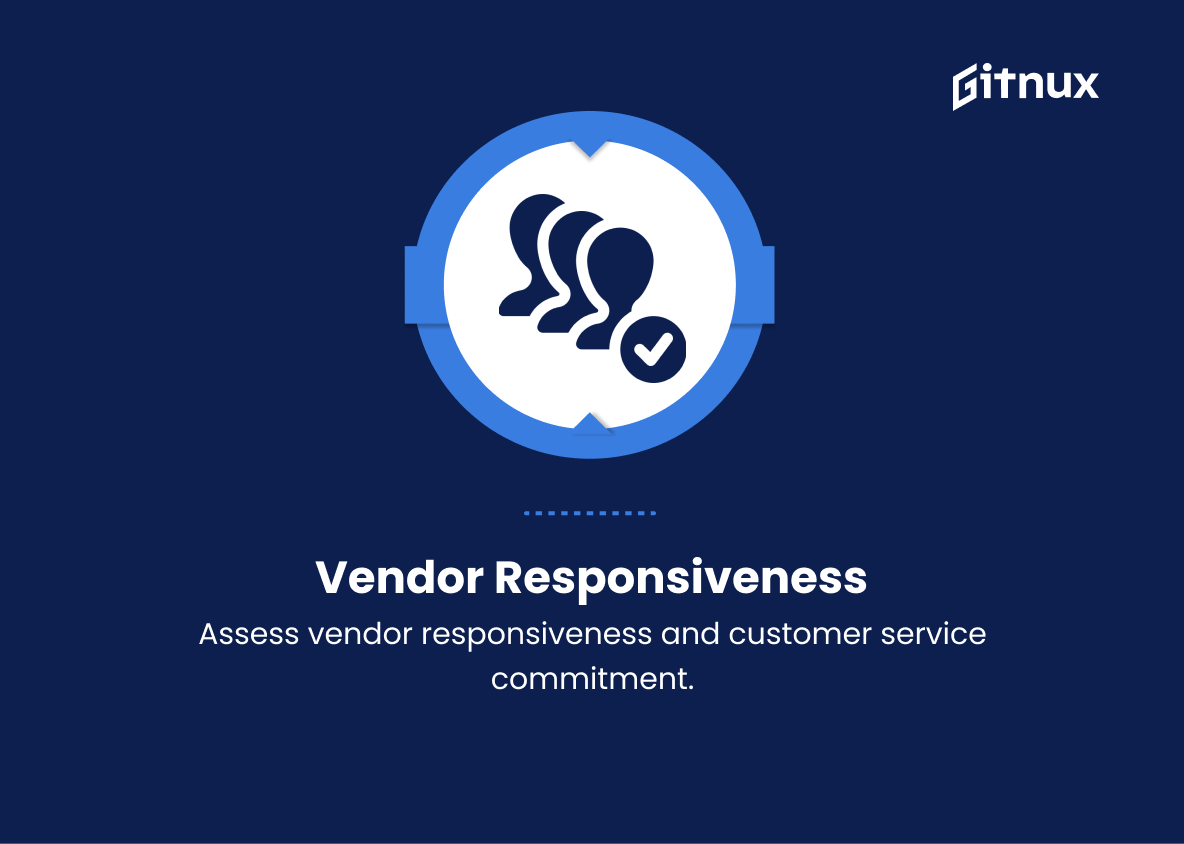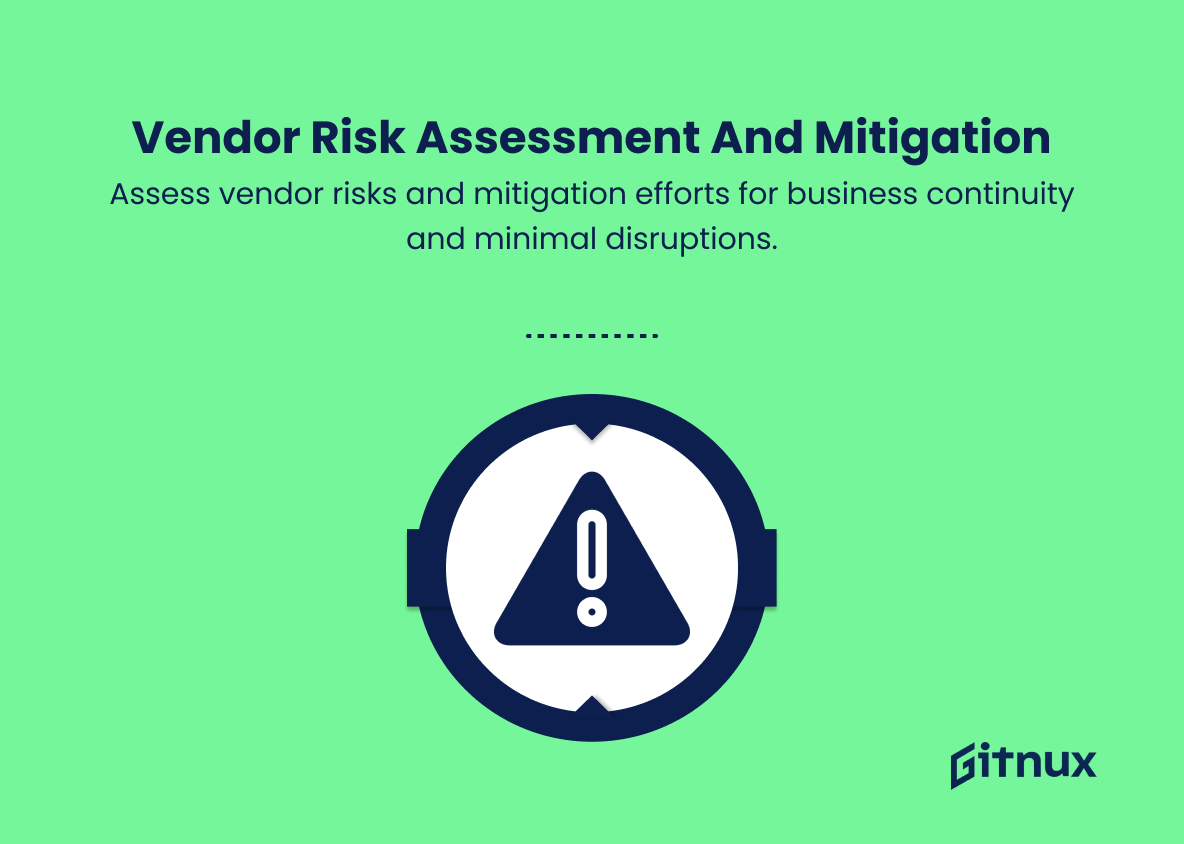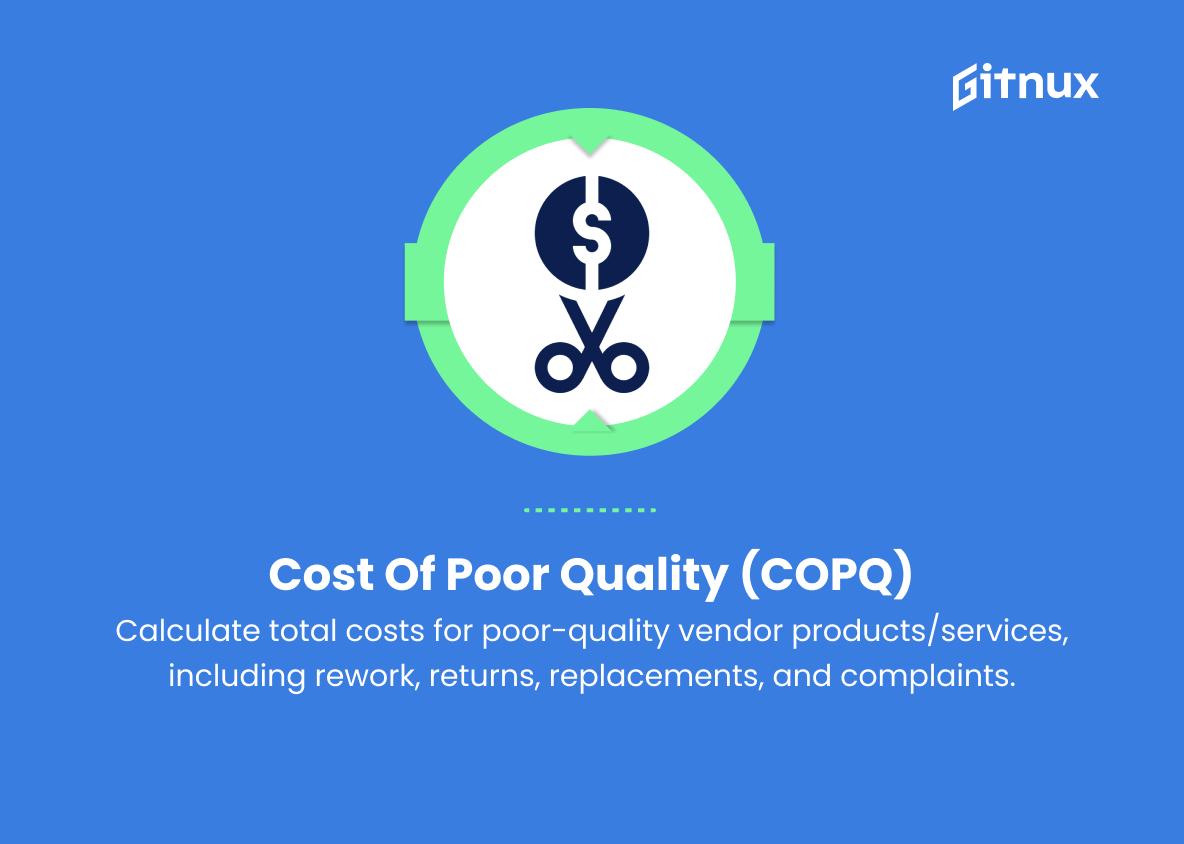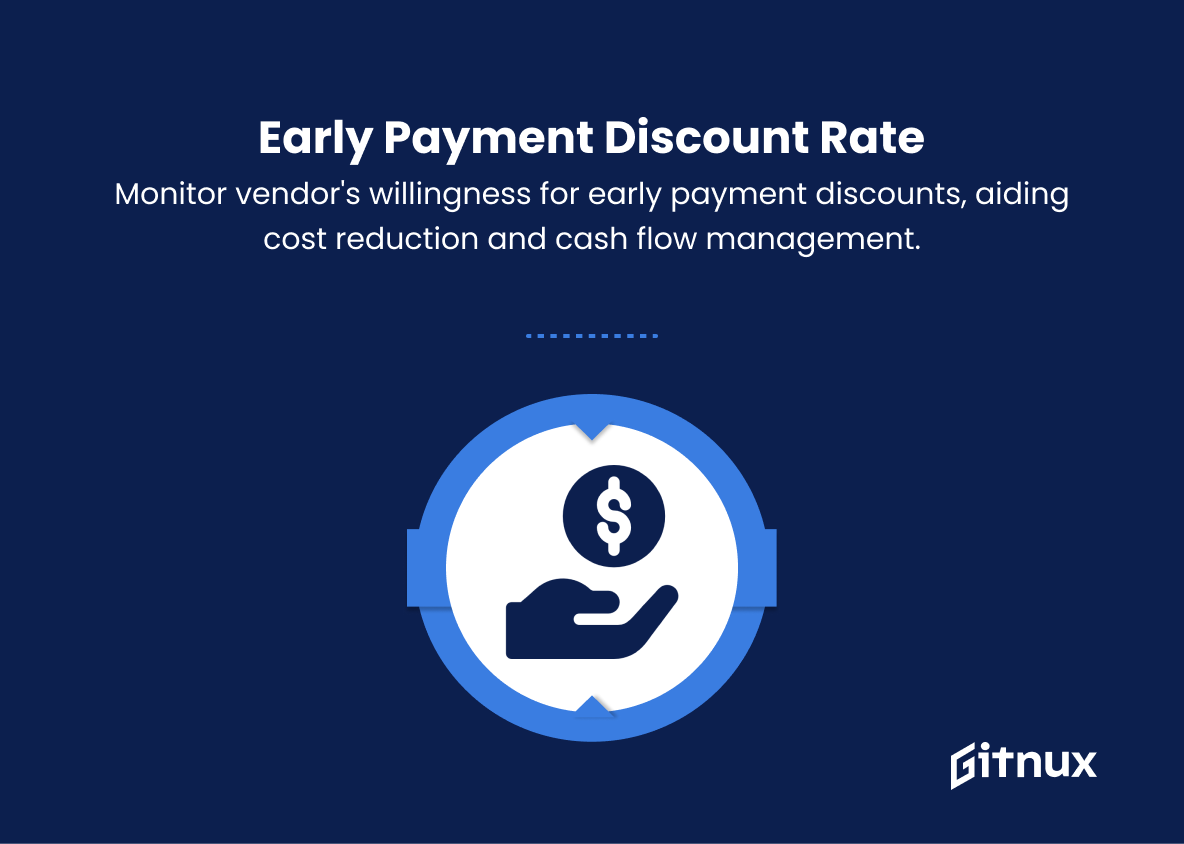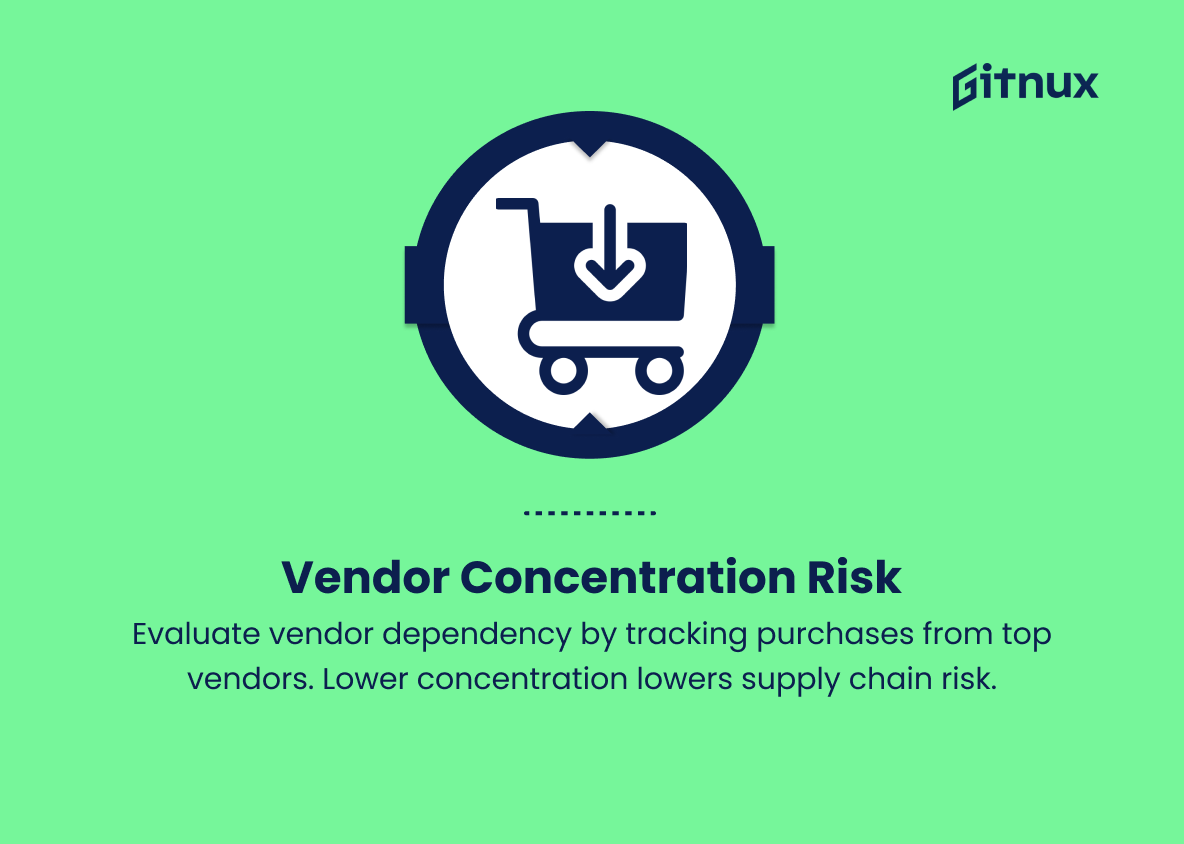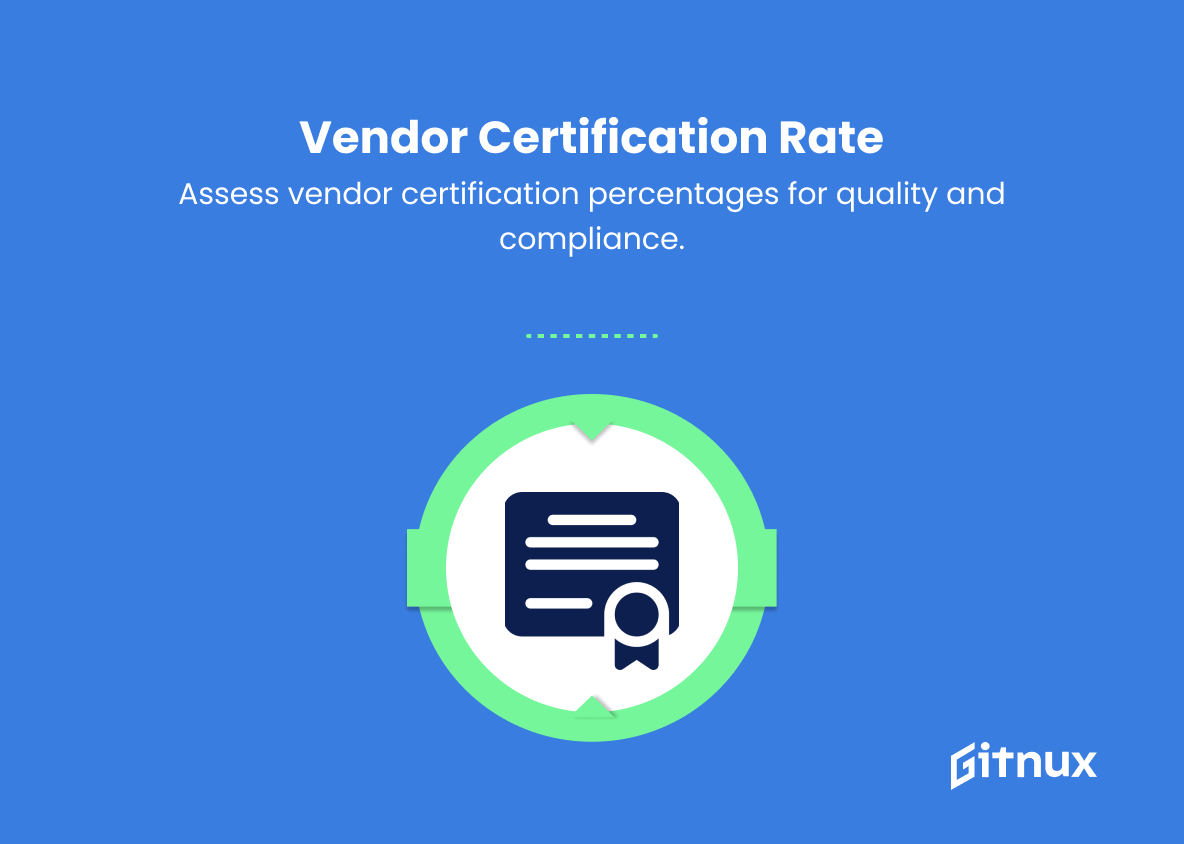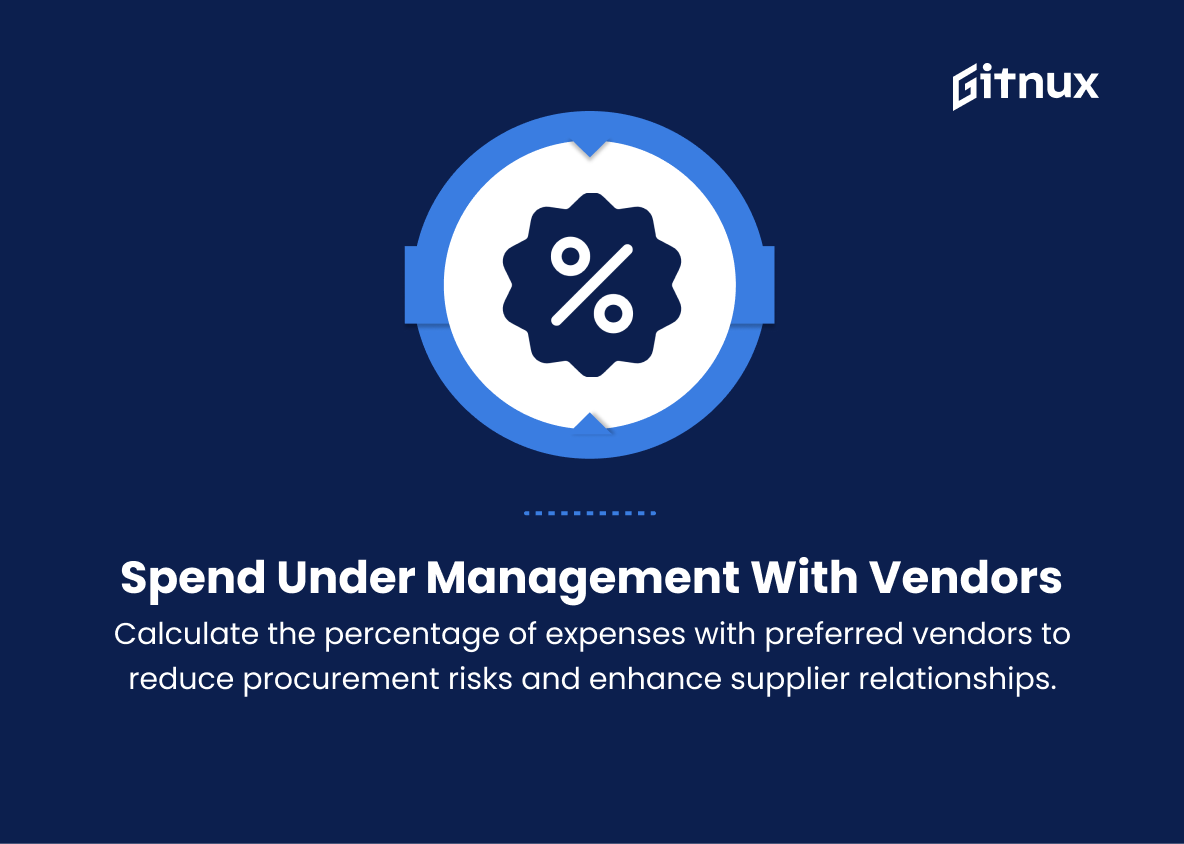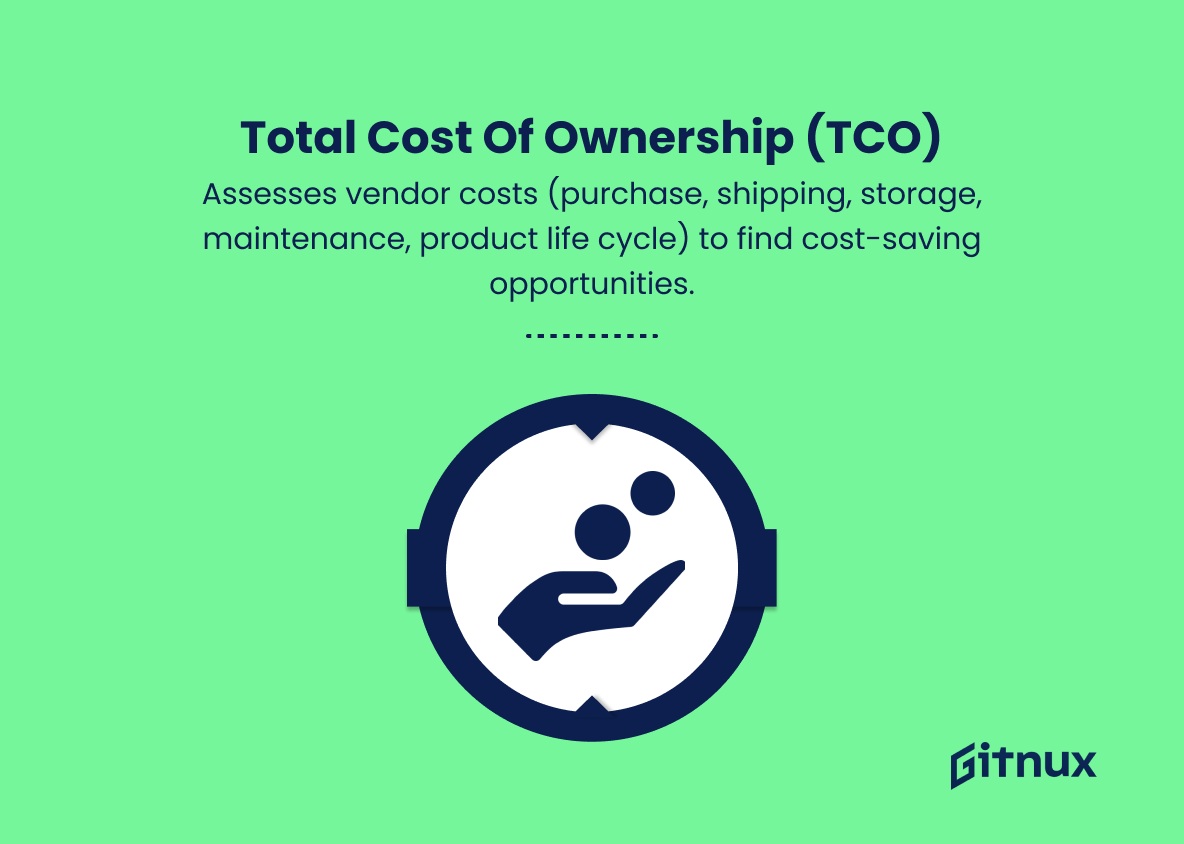In today’s complex and ever-evolving business landscape, effective vendor management has emerged as a crucial aspect of a company’s success. The ability to establish, maintain, and optimize relationships with key suppliers can directly impact an organization’s performance, profitability, and competitive advantage. As such, it is imperative for companies to recognize the importance of identifying and implementing the right Vendor Management Key Performance Indicators (KPIs) to gain a clearer understanding of their supplier partnerships, and how these relationships contribute to their broader goals.
In this blog post, we will delve into the critical elements of Vendor Management KPIs, discussing their significance, common challenges in measurement, and best practices for leveraging these insights to drive enhanced operational efficiencies and strategic decision-making.
Vendor Management KPIs You Should Know
1. Vendor Lead Time
Measures the average time taken by a vendor to deliver goods or services from the time an order is placed. It helps assess the vendor’s reliability and efficiency.
2. Cost Savings Achieved by Vendor Negotiations
Indicates the financial benefits gained through successful vendor negotiations, such as discounts, free shipping, or volume pricing.
3. On-Time Delivery Rate
Measures the percentage of orders delivered by the vendor on or before the agreed-upon delivery date. This KPI helps determine the vendor’s reliability and ability to meet deadlines.
In today’s complex and ever-evolving business landscape, effective vendor management has emerged as a crucial aspect of a company’s success.4. Vendor Defect Rate
Tracks the percentage of products or services delivered by a vendor with defects or issues. A low defect rate indicates high quality and performance standards.
5. Return Rate/Product Rejection Rate
Measures the percentage of products returned by customers due to defects or other reasons attributable to the vendor. Lower return rates signify better vendor quality and performance.
6. Compliance with Contractual Obligations
Assesses the vendor’s adherence to the terms and conditions outlined in contracts, such as quality standards, delivery timeframes, and legal requirements.
7. Vendor Responsiveness
Evaluates the vendor’s ability to address queries, concerns, or requests in a timely and effective manner, indicating their commitment to customer service.
8. Vendor Risk Assessment and Mitigation
Gauges the vendor’s potential risks and their counteractive measures to minimize those risks, ensuring business continuity and minimal disruptions.
The ability to establish, maintain, and optimize relationships with key suppliers can directly impact an organization’s performance, profitability, and competitive advantage.9. Cost of Poor Quality (COPQ)
Measures the total costs associated with poor-quality products or services provided by the vendor, including rework, returns, replacements, and customer complaints.
10. Percentage of Early Payment Discounts Achieved
Monitors the vendor’s willingness and ability to offer early payment discounts, helping companies reduce their purchasing costs and manage cash flows better.
11. Vendor Concentration Risk
Assesses the dependency on a single or few vendors, tracking the proportion of purchases from the top few vendors. A lower concentration reduces the risk of supply chain disruptions.
12. Vendor Certification Rate
Measures the percentage of vendors that possess relevant certifications, such as ISO or other industry-specific standards, ensuring quality and compliance.
13. Spend Under Management with Preferred Vendors
Calculates the percentage of expenses managed with selected and strategic vendors, promoting preferred supplier relationships and reducing procurement risks.
14. Total Cost of Ownership (TCO)
Evaluates the overall cost associated with a vendor, including purchase price, shipping, storage, maintenance, and product life cycle costs, to identify areas for potential cost savings.
Vendor Management KPIs Explained
Vendor management KPIs play a crucial role in assessing and ensuring the efficiency, reliability, and quality of goods and services provided by vendors. These indicators help organizations understand a vendor’s lead time, financial benefits from negotiations, on-time delivery rates, defect rates, return rates, and adherence to contractual obligations.
By tracking vendor responsiveness, risk assessments, cost of poor quality, and early payment discounts, companies can optimize customer satisfaction and manage cash flows effectively. Assessing vendor concentration risk, certification rates, and spend under management with preferred vendors allows businesses to minimize supply chain disruptions and maintain strong supplier relationships.
Finally, evaluating the total cost of ownership enables organizations to identify areas for potential cost savings and make informed decisions about their vendor partnerships. In essence, these KPIs are essential tools for businesses looking to maintain a competitive advantage in today’s fast-paced and demanding global marketplace.
Conclusion
In summary, effective vendor management is a vital component in the growth and development of any organization. To ensure success in this area, businesses must focus on establishing meaningful Vendor Management KPIs that provide both quantitative and qualitative insights into vendor performance.
By monitoring aspects such as cost-efficiency, contract compliance, quality of service, and relationship management, organizations can enhance their vendor relationships, mitigate risks, and optimize their overall supply chain performance. As the business landscape continues to evolve, organizations that prioritize robust vendor management strategies, underpinned by actionable KPIs, will be better positioned to compete and succeed in the long run.
